 |
||
| Čína - provincie Kan-su | China - Gansu Province | |
| ČHAM - tibetský tanec v maskách | CHAM - Tibetan Mask Dance | |
| Klášter Labrang (08/2011) | Labrang Monastery (08/2011) | |
F11 - na celou obrazovku |
F11 - fullscreen |
|
 |
||
Čhamový tanec se konal před hlavní halou kláštera Labrang. |
The Cham dance took place in front of the main hall in Labrang monastery. |
|
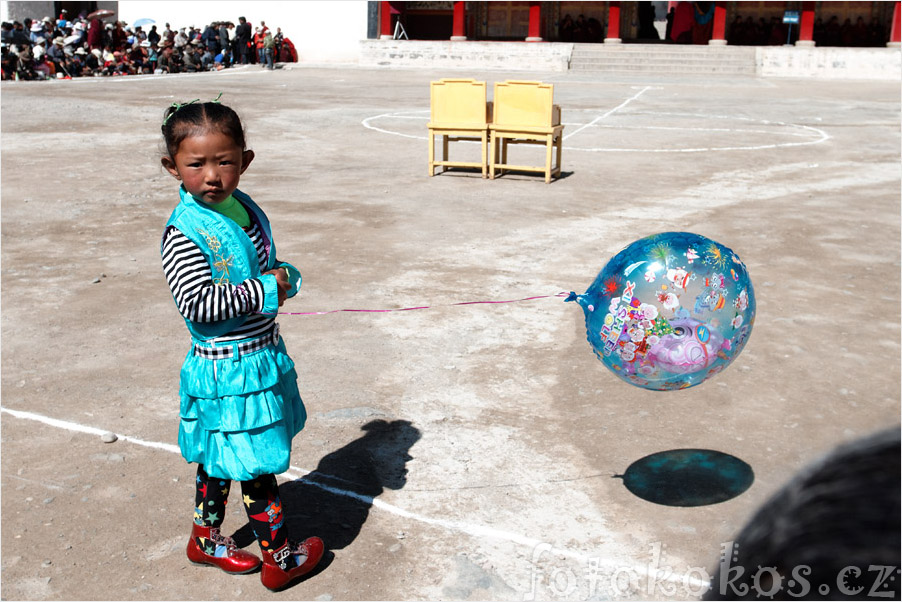 |
||
Místo pro čham je vymezeno bílou čárou. |
The Cham zone is marked by the white line. |
|
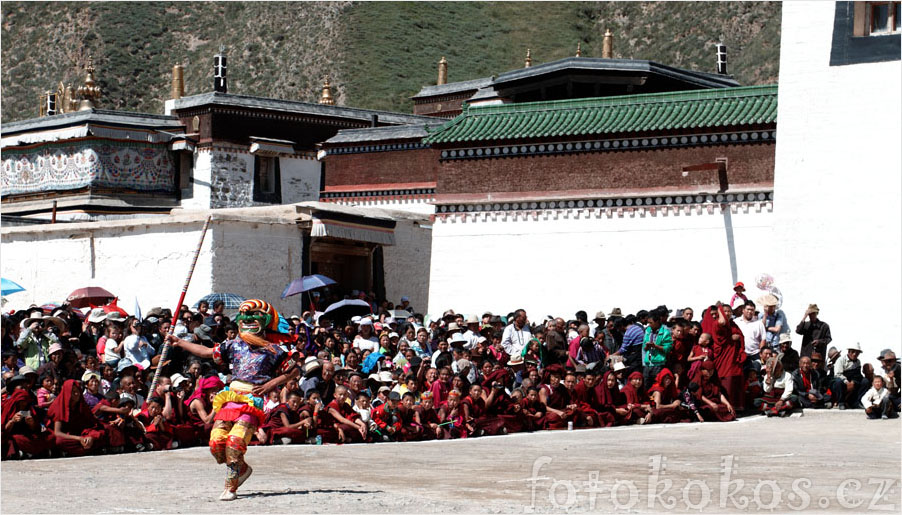 |
||
Kořeny tohoto tantrického tance sahají hluboko do přebuddhistické minulosti. |
This Tantric dance is deep-rooted in pre-buddhist times. |
|
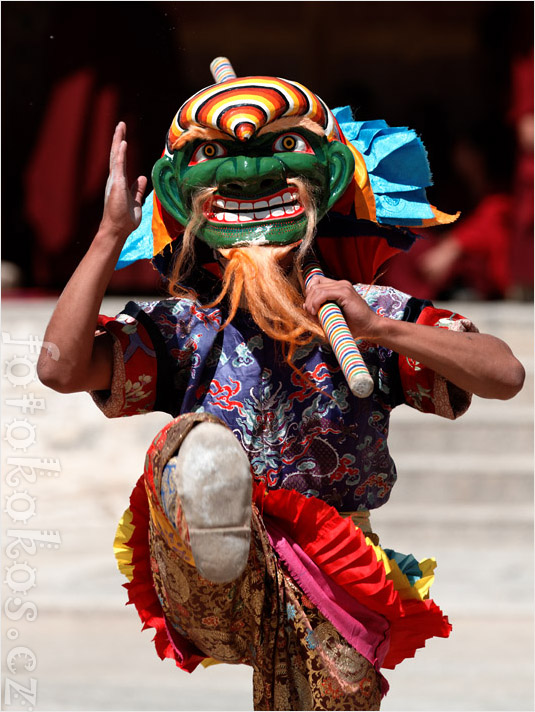 |
||
V tanci vystupují různé bytosti buddhistického panteonu. |
In the dance there perform variety of beings of Buddhist pantheon. |
|
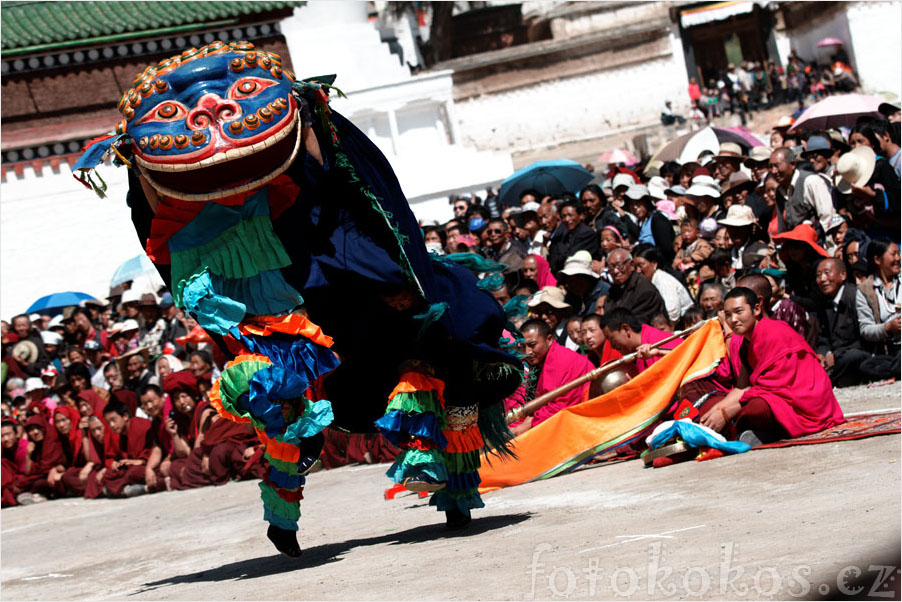 |
||
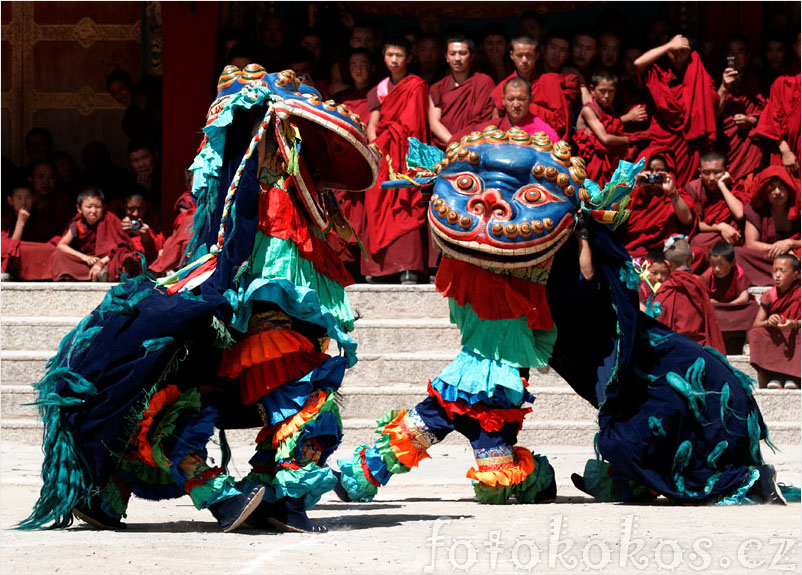 |
||
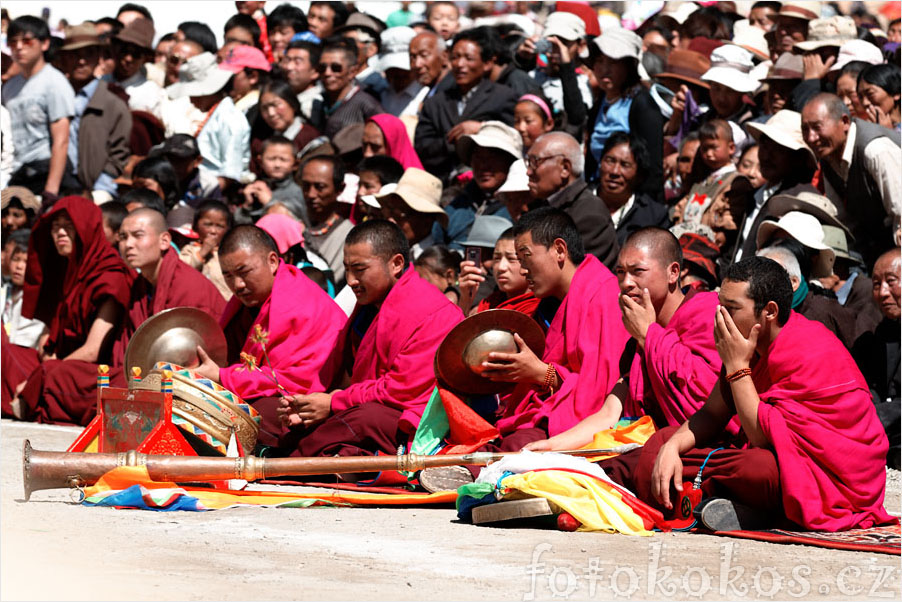 |
||
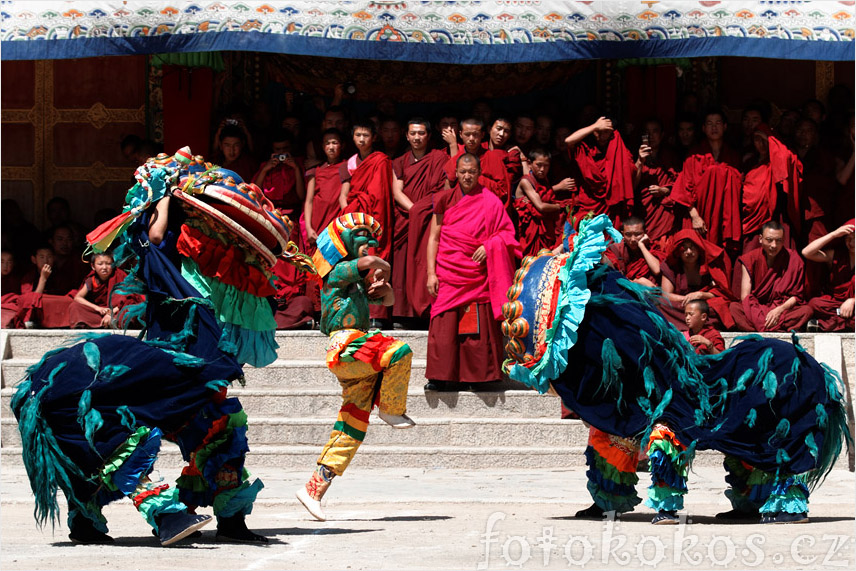 |
||
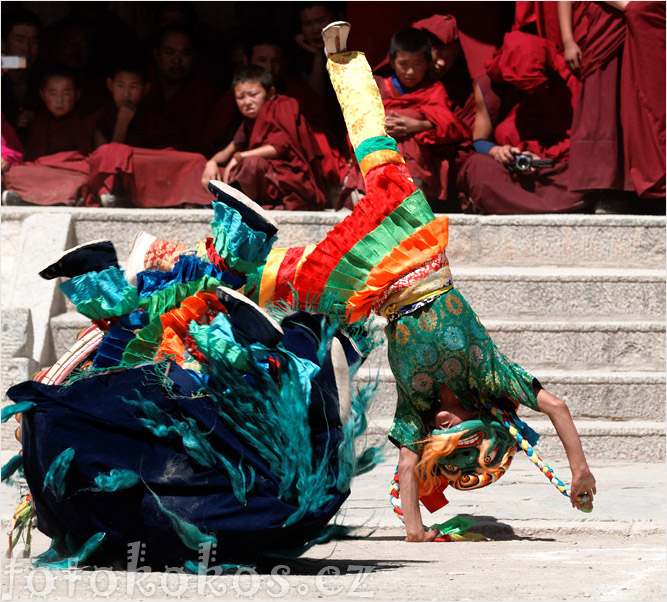 |
||
 |
||
Při čhamovém rituálu vždy vítězí Řád nad Chaosem. |
During Cham ritual the Order always conquers the Chaos. |
|
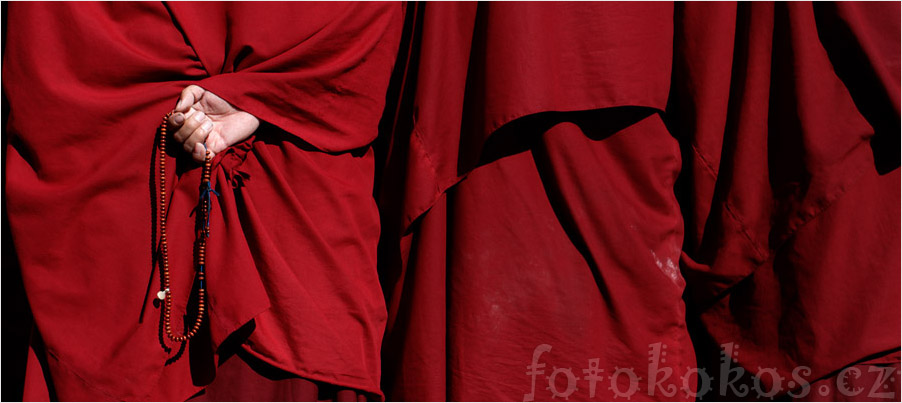 |
||
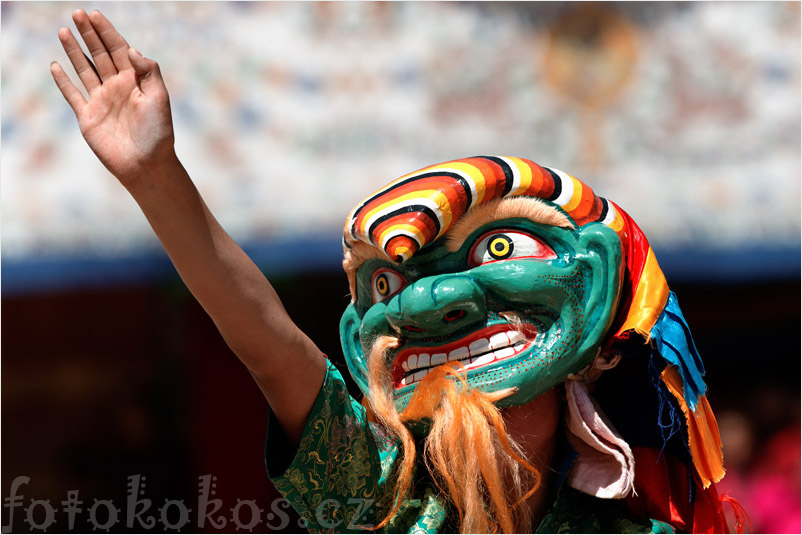 |
||
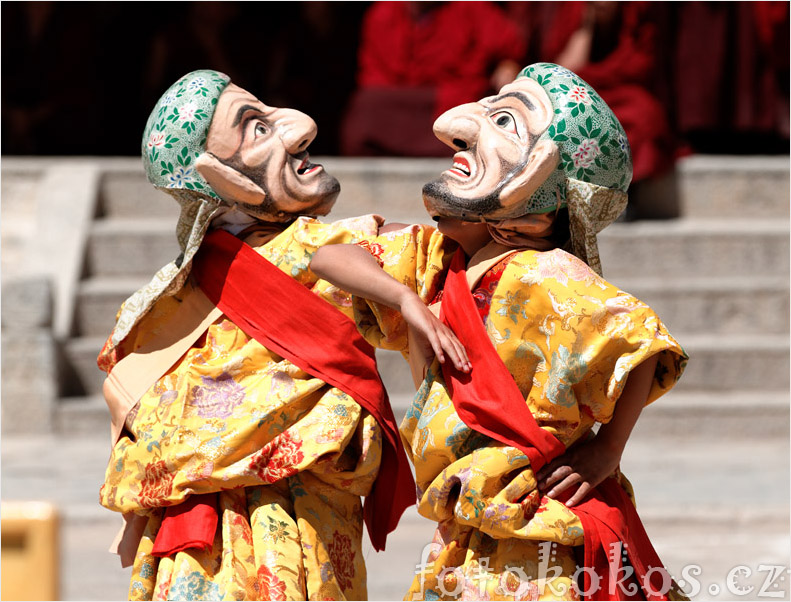 |
||
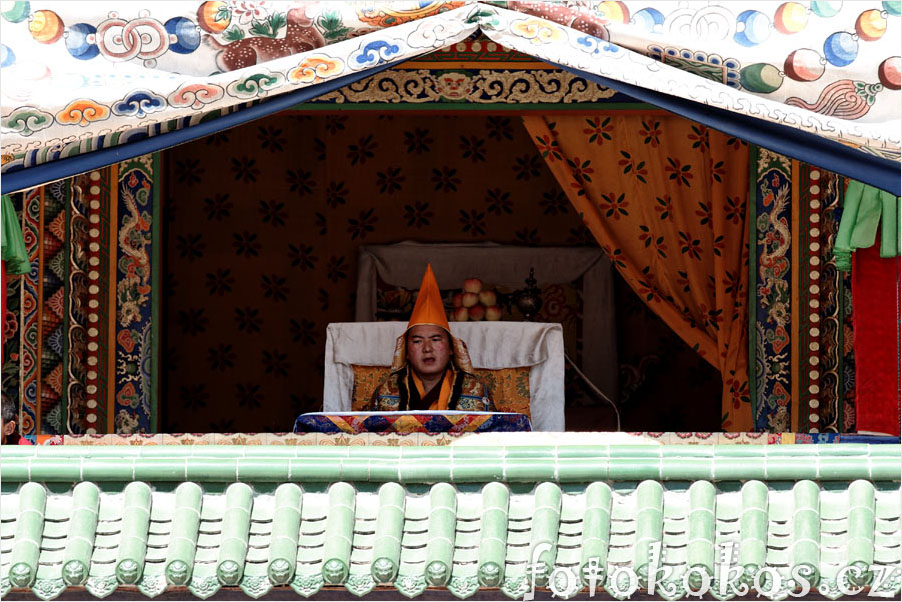 |
||
Tulku (tib.) - vysoce postavený lama, ten který sám rozhodne o svém příštím zrození. |
Tulku (Tib.) - particular high-ranking lama, who can choose the manner of his rebirth. |
|
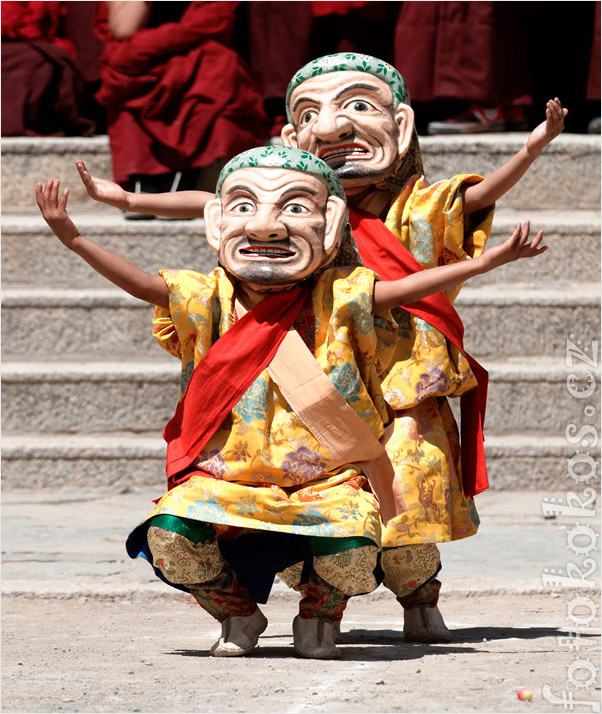 |
||
 |
||
Postavy čhamového dramatu se dle buddhistické víry vyjeví každému jedinci v bardu, stavu mezi smrtí a znovuzrozením. |
According the Buddhist believe the characters of cham drama will appear in everybody's bardo, the state between death and rebirth. |
|
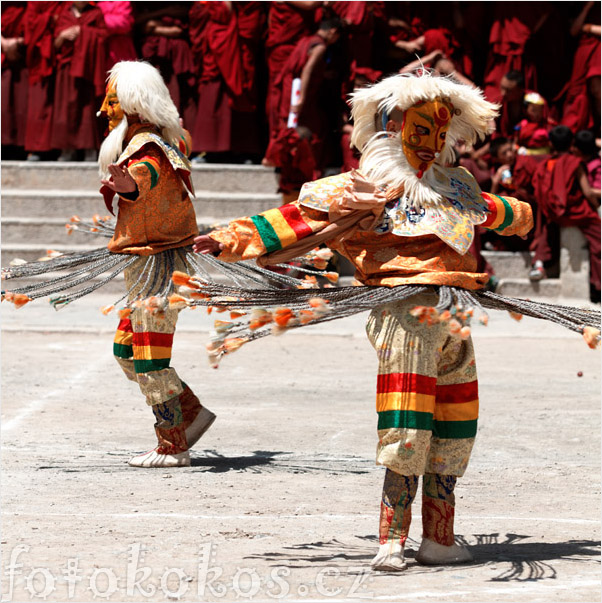 |
||
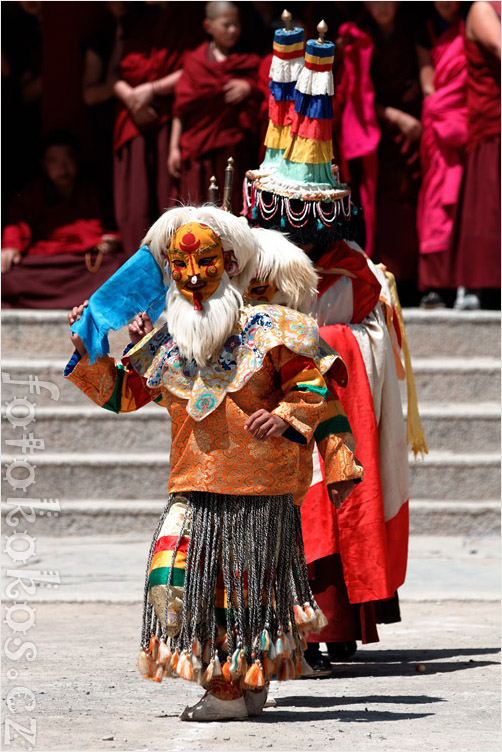 |
||
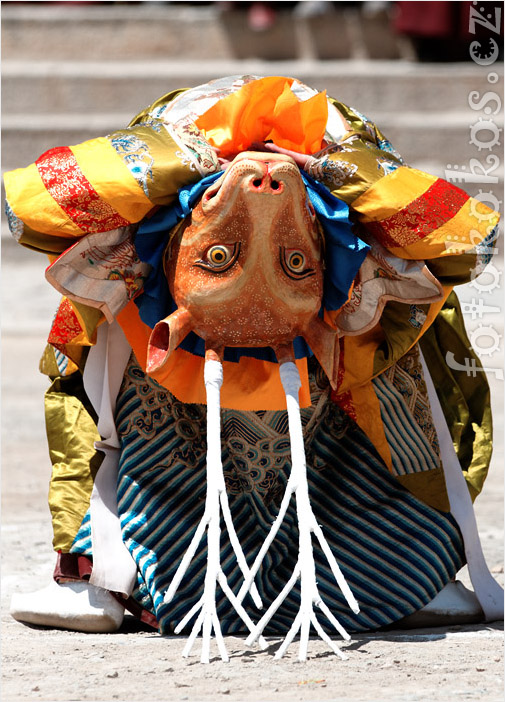 |
||
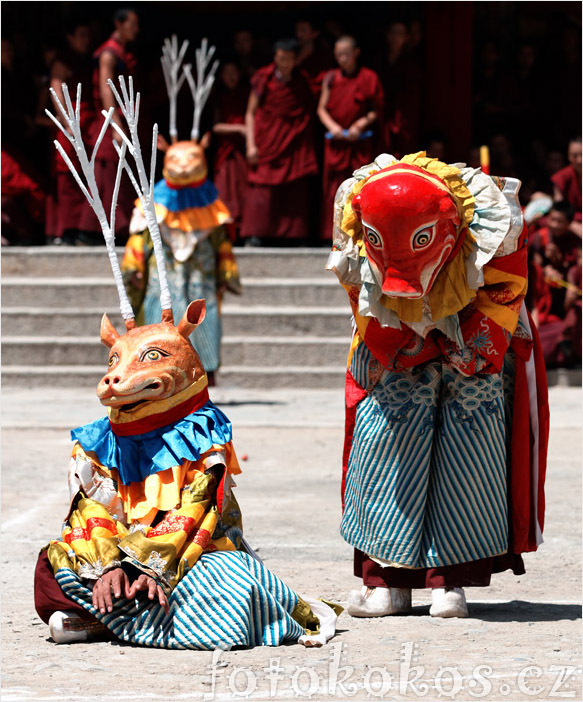 |
||
 |
||
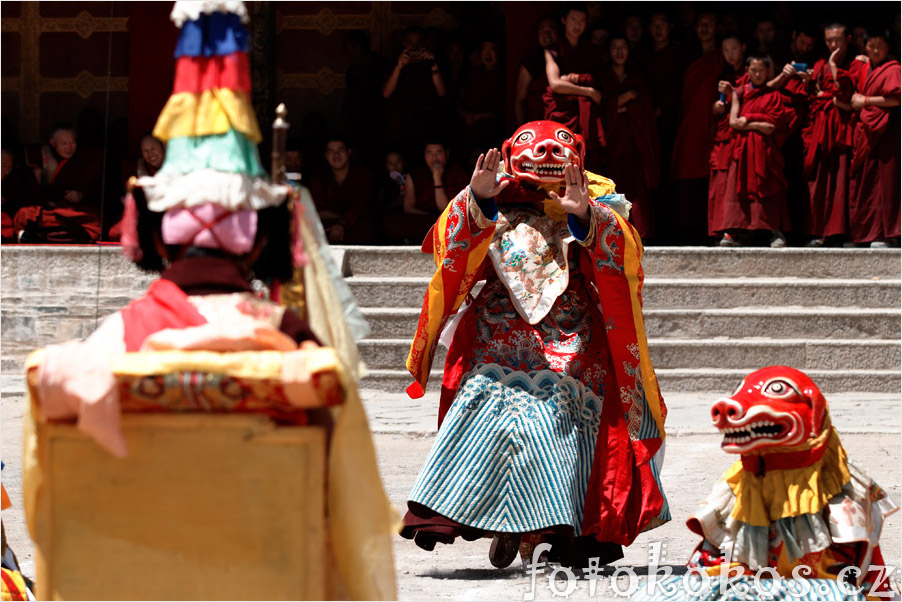 |
||
Buddhisté věří, že během rituálu dochází ke zničení vnějších i vnitřních nepřátel. Největšího vnitřního nepřítele na cestě k nirváně představuje vlastní ego. |
Buddhists believe that the inner and outer enemies are destroyed during the ritual. The biggest inner enemy on the way to the Nirvana presents the personal ego. |
|
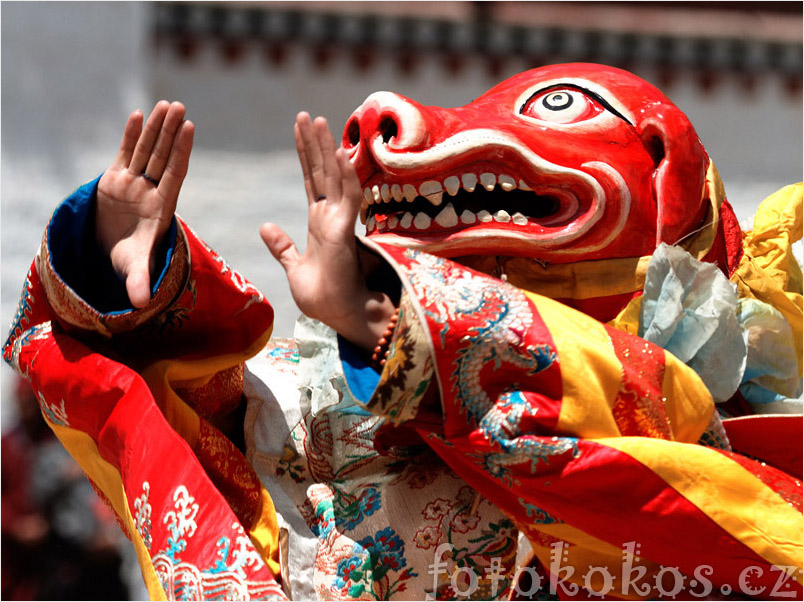 |
||
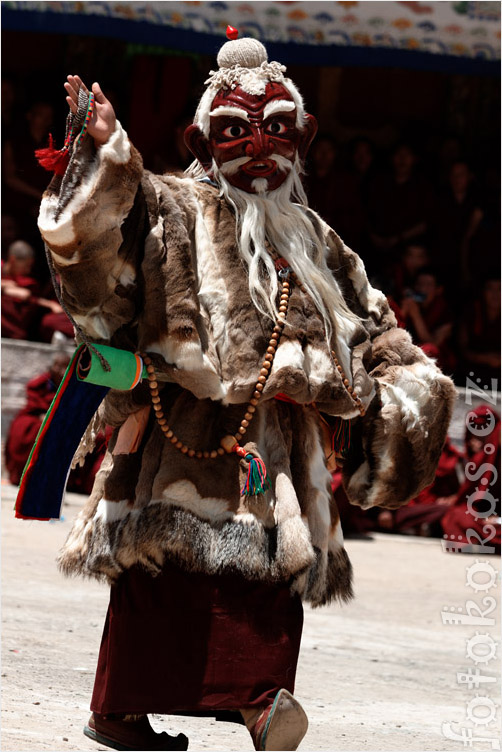 |
||
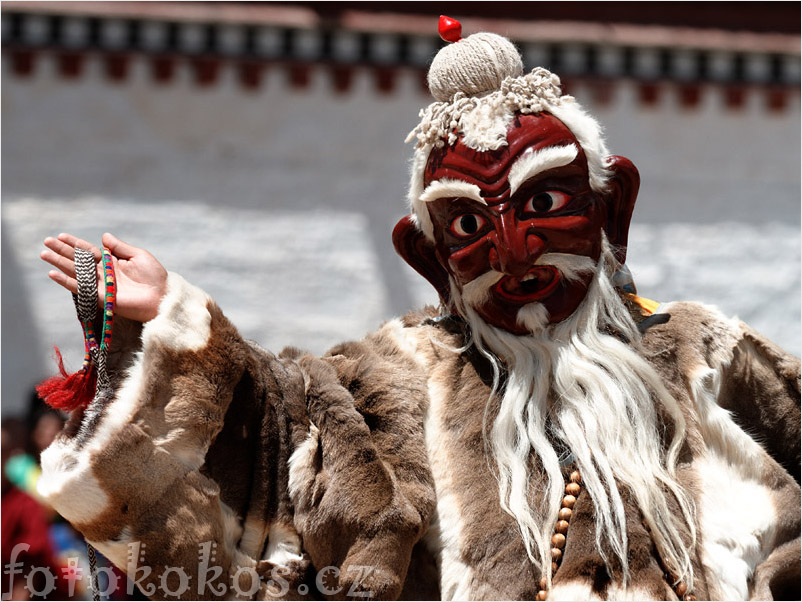 |
||
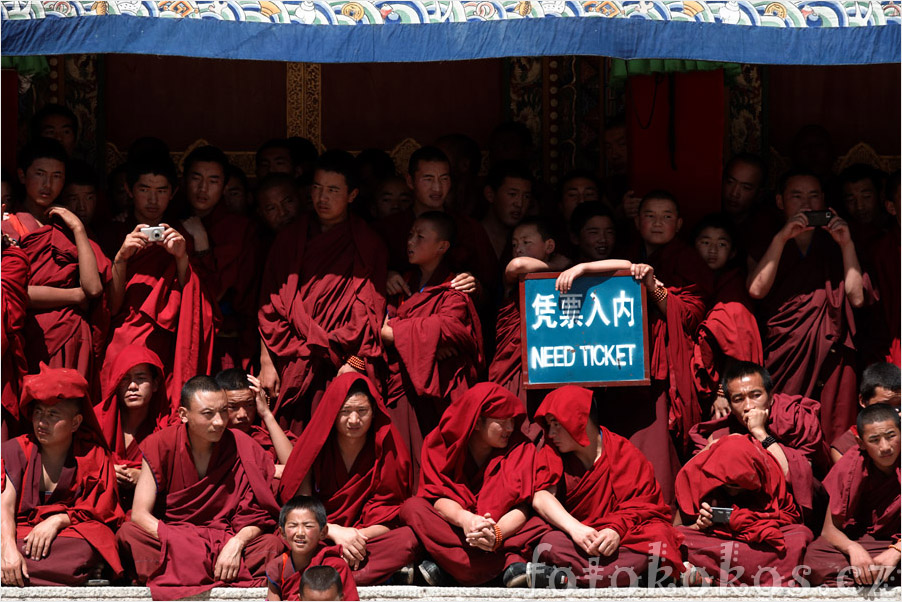 |
||
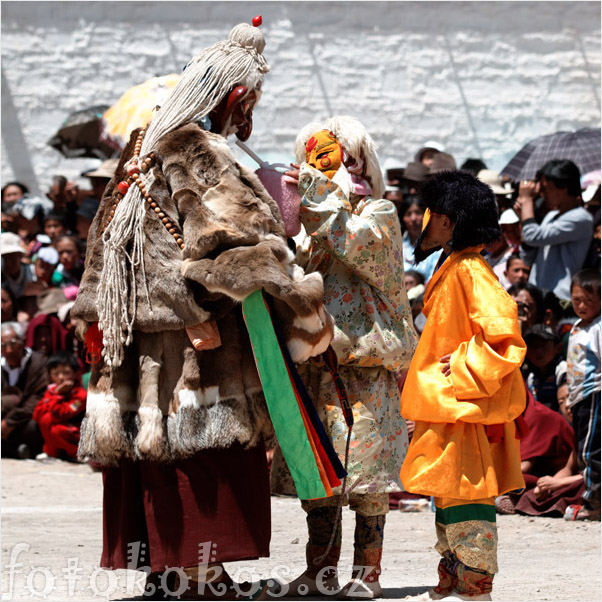 |
||
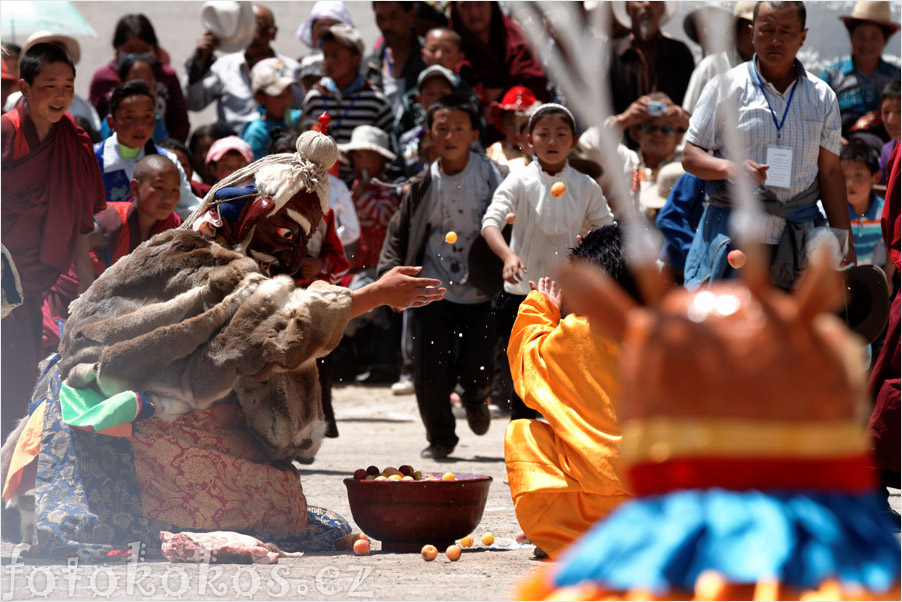 |
||
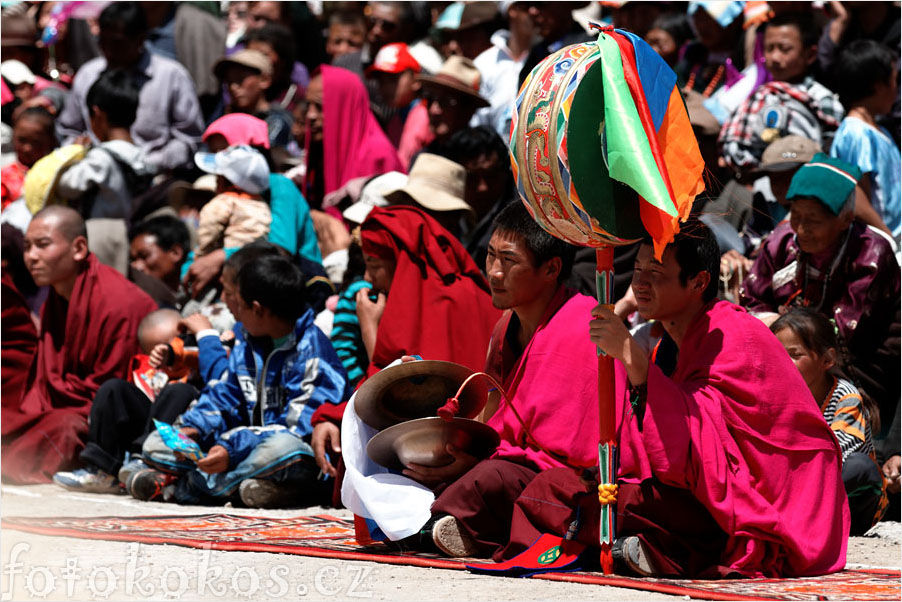 |
||
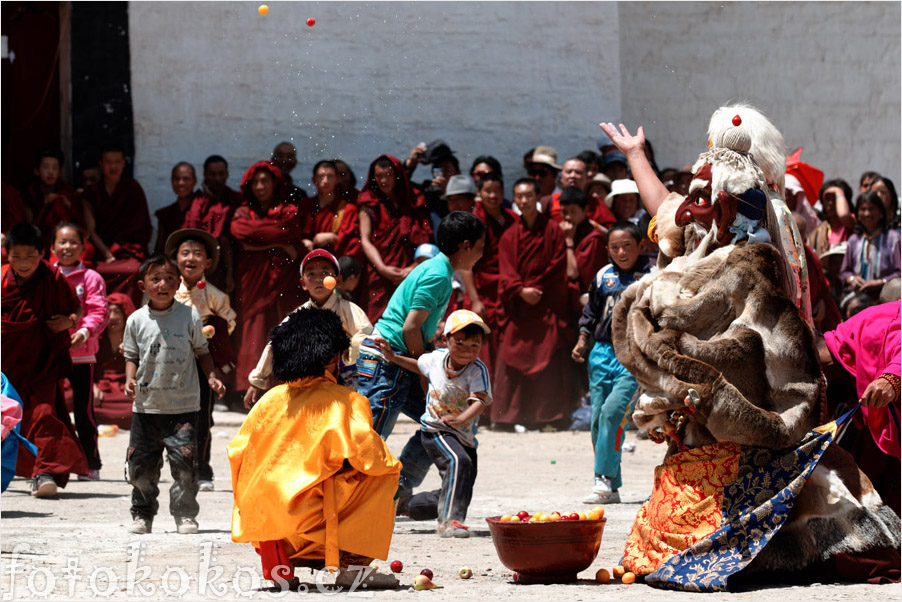 |
||
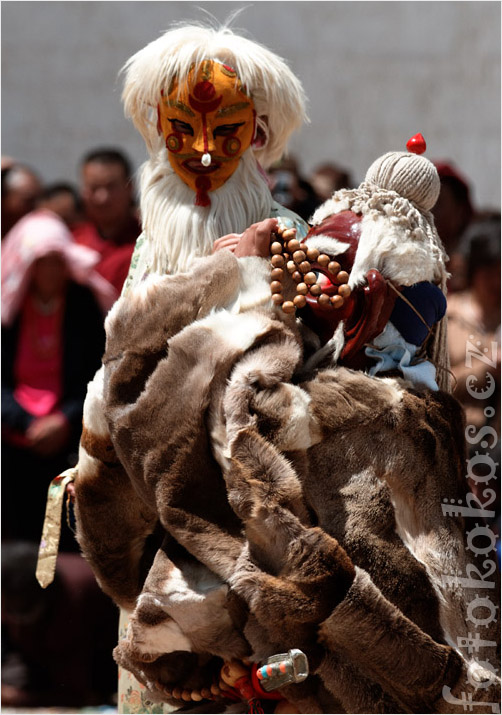 |
||
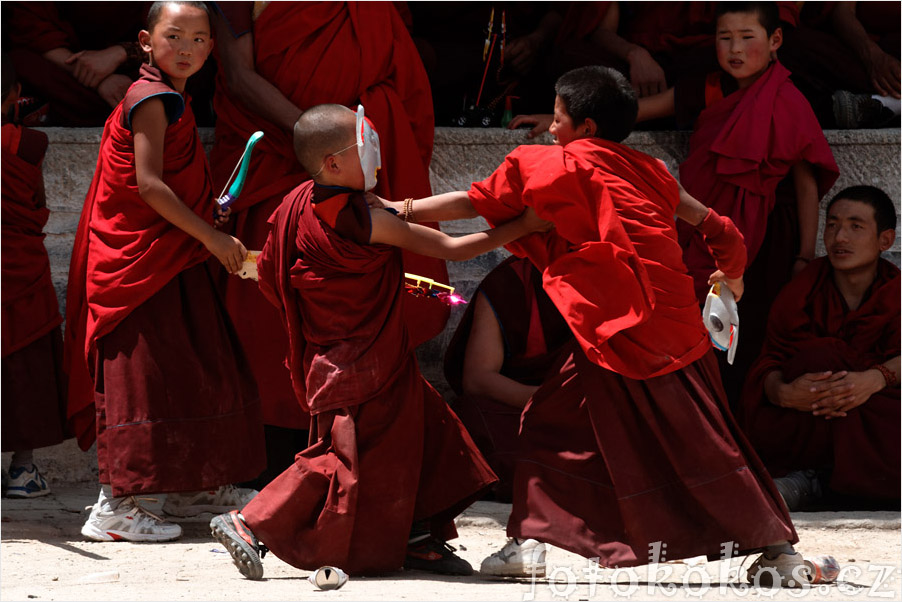 |
||
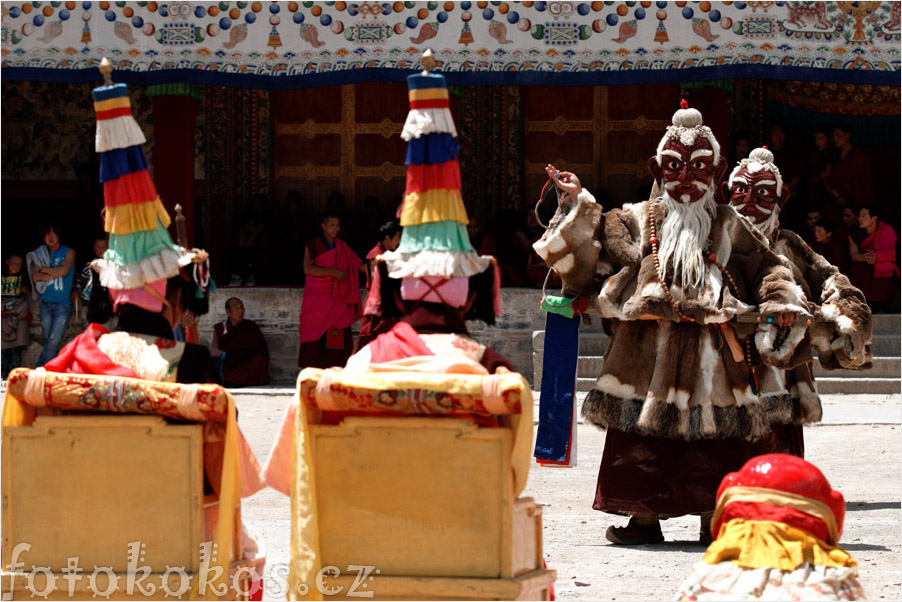 |
||
 |
||
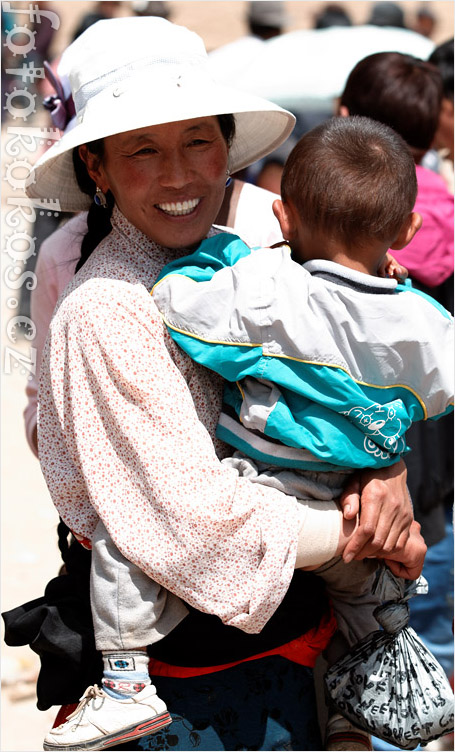 |
||
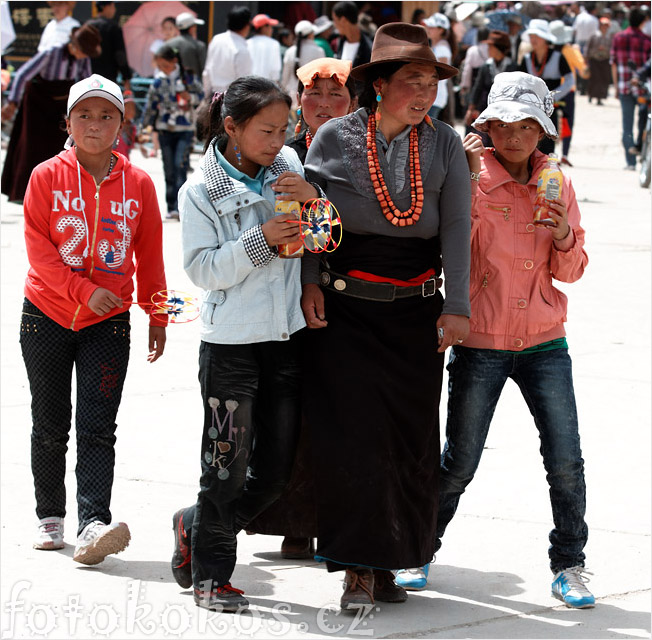 |
||
Čham je mezi Tibeťany významnou náboženskou a společenskou událostí. |
The Cham is significant religious and social happening for Tibetan people. |
|
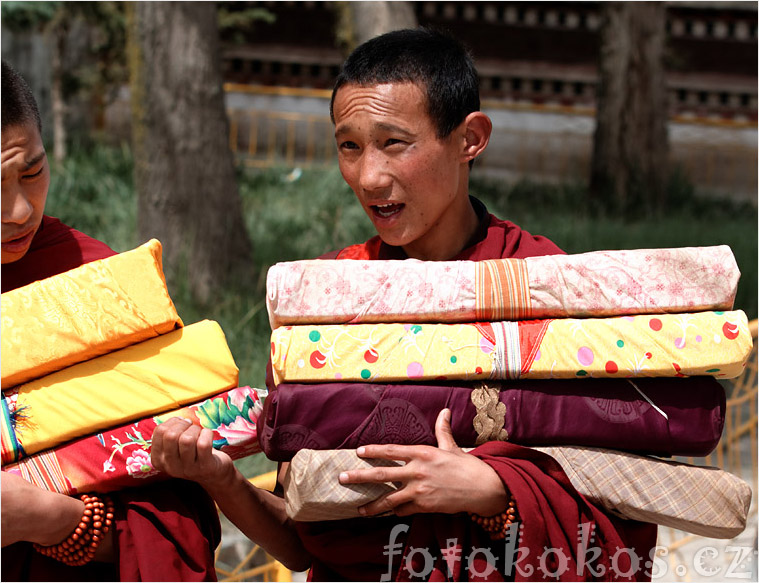 |
||
 |
||
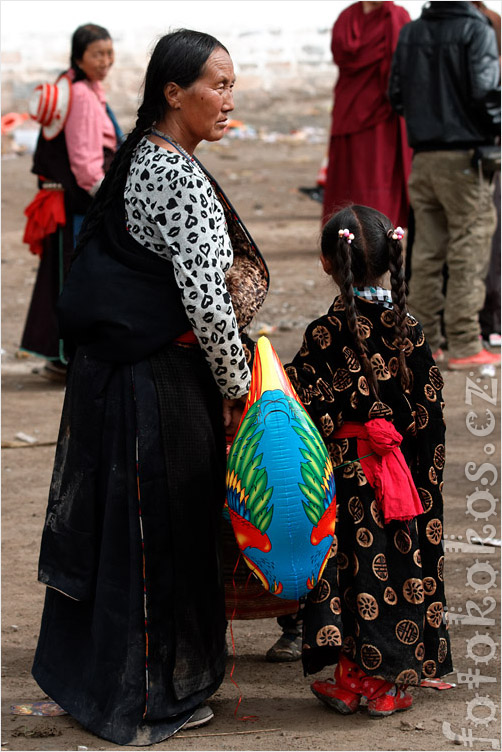 |
||
 |
||
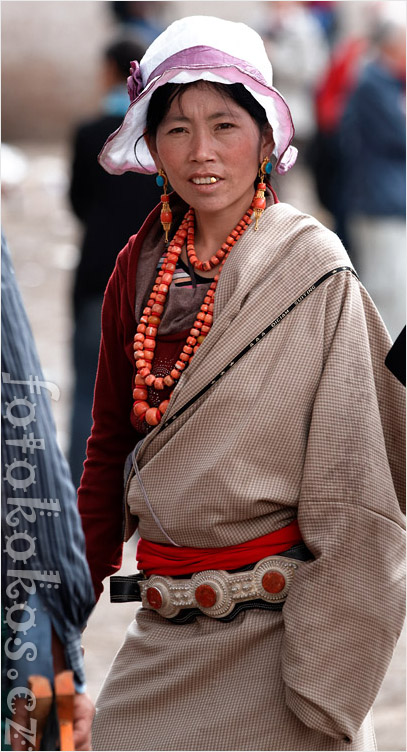 |
||
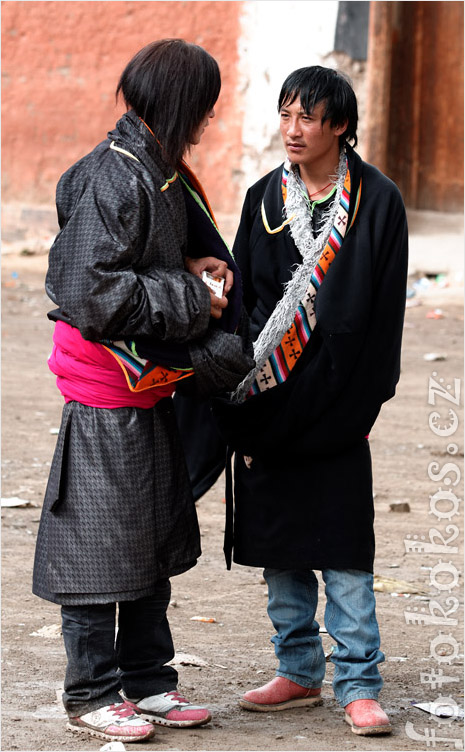 |
||
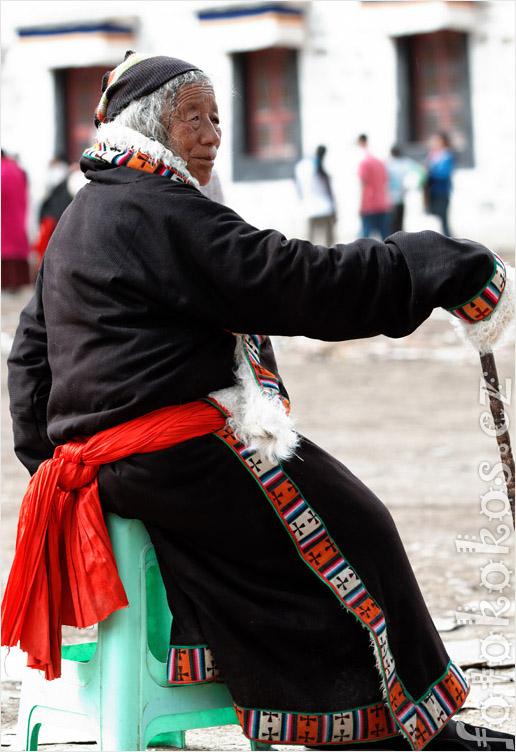 |
||
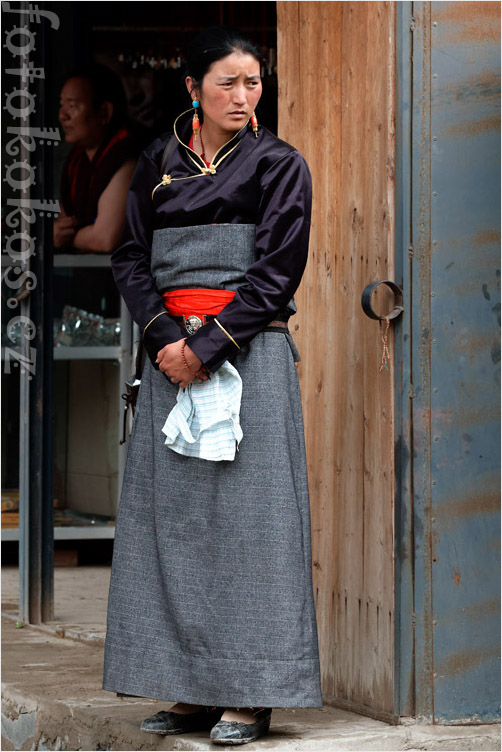 |
||
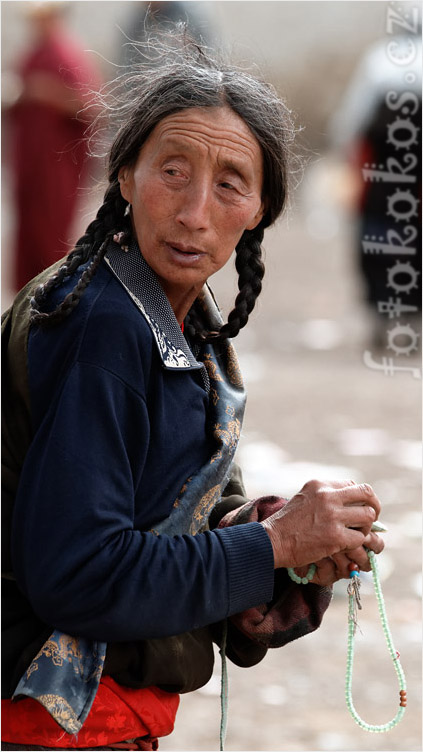 |
||
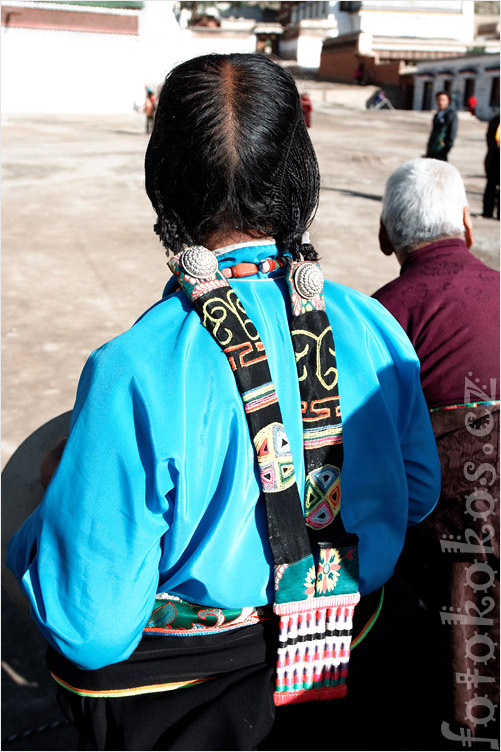 |
||
 |
||
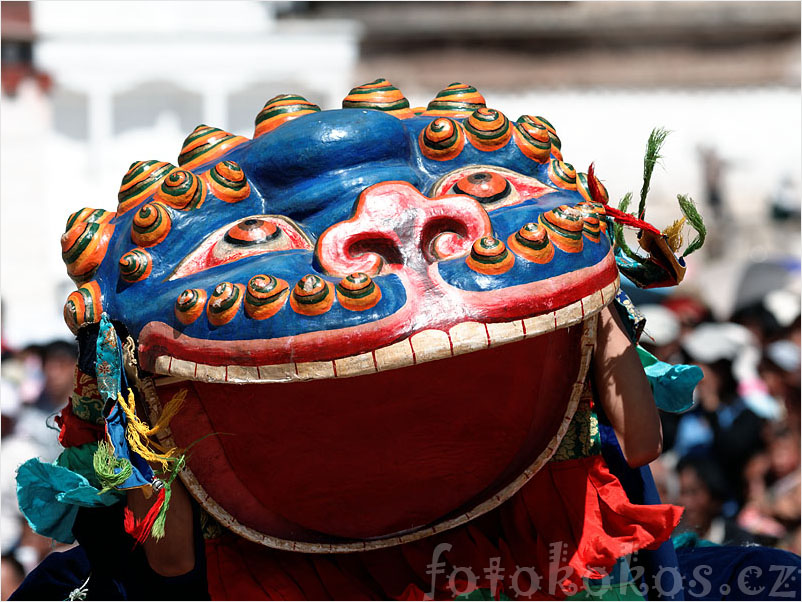 |
||
Adam Dušek © 2011 |
||